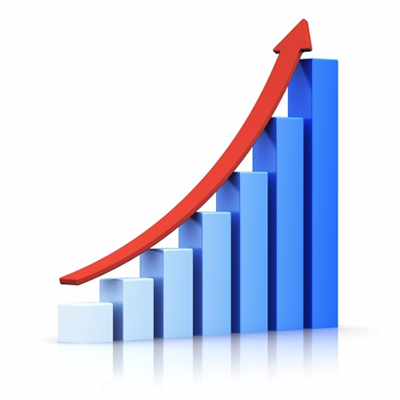Report says low investment in R&D holds back New Zealand’s business growth
Low investment in R&D as a percentage of GDP is holding back New Zealand’s potential for dynamic business growth, according to the latest Grant Thornton Global Dynamism Index (GDI) 2013.
The GDI, developed in conjunction with the Economist Intelligence Unit, ranks 60 of the world's largest economies on dynamism, which indicates changes in an economy that are likely to lead to a faster future rate of growth.
While the index has just named New Zealand as the fourth most dynamic economy in the world, Grant Thornton New Zealand partner, Greg Thompson says our lack of investment in R&D, coupled with the poor way we make use of advancements in science and technology, shows there is still a lot of room for improvement.
“The index shows that New Zealand has a great platform from which businesses can grow, but they must stop thinking short-term and look to invest in the future,” says Mr Thompson.
“Despite our proud history of innovative genius and entrepreneurs we continue to under invest in R&D. The index showed that every country that has a superior GDP per capita, spends more as a percentage of GDP on R&D (except Hong Kong which is distorted by mainland China).
“We are ranked 27th in the world for our R&D as a percentage of GDP, well behind sector leaders South Korea, Israel, Finland and Sweden. If every business increased its investment in R&D and technology by just one percent across the board, it would have a huge impact on the countries efficiency and productivity.
“We also under invest in science and technology. Rather than investing in technology to make the ship go faster, many New Zealand businesses prefer to throw people at a problem.
“The index showed we only ranked 20th in growth in broadband subscriber lines and 17th in total IT spending growth. While New Zealand has started investing in faster broadband, the full benefits of this, including increase speed, efficiency and productivity, may not be seen until further into the rollout period,” he says.
The survey ranked countries on 22 indicators of dynamism across five categories including business operating environment, science and technology, labour and human capital, financing environment and economics and growth. Australia was ranked top on 66.5, Chile 64.5, China 62.7 and New Zealand 62.6.
“However, despite being ranked as the fourth best country for enabling dynamic business growth, our GDP per capita among the same group is ranked 21st,” Mr Thompson says.
New Zealand was ranked 8th in the financing environment category, 9th in labour and human capital and 11th in the business operating environment category. In the economics and growth and science and technology categories, we were ranked 22nd and 23rd respectively.
China was the big mover in the index, up to the number three spot compared with 20th a year ago.
“Growth in China is slowing as the new leadership rebalances the economy away from exports and investment towards a more sustainable, consumption-driven model of growth. However, the positive news is that this is not dampening business expansion prospects. The GDI shows increasing science and technology activity, which will help sustain economic growth potential by boosting the quality, productivity and efficiency of outputs,” Mr Thompson says.
“China is not only a massive market, but it is also developing fast. By contrast, the other BRIC economies are not looking as flash. Brazil slid 11 places to rank 42; Russia fell three places to rank 43; and India dropped six places to 48. Of those that topped the index last year, Singapore was the big loser dropping from 1st to 7th, Finland dropped from 2nd to 5th equal, Sweden 3rd to 9th and Israel 4th to 8th.”
The Grant Thornton Global Dynamism Index (GDI) is an annual research project conducted by the Economist Intelligence Unit (EIU). It assesses the business growth environments of 60 of the largest economies in the world, ranking them on 22 indicators of dynamism across five categories. Dynamism refers to the changes in an economy over the past 12 months which are likely to lead to a faster future rate of growth.




























































































